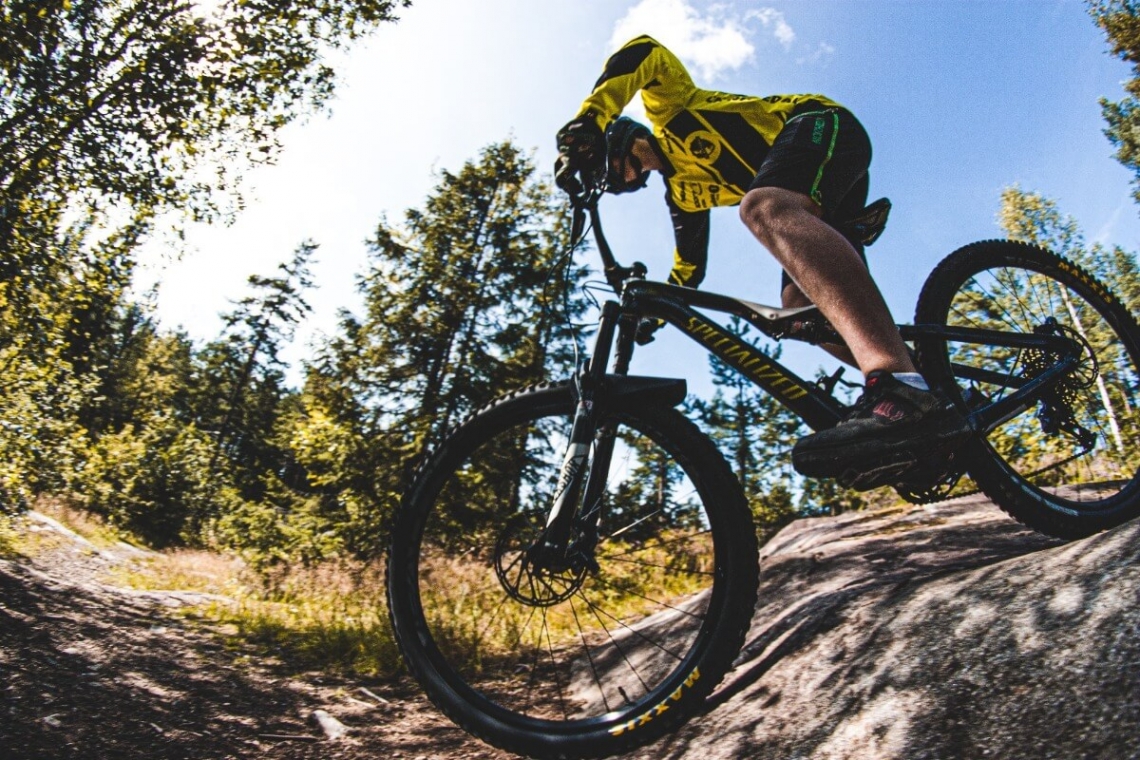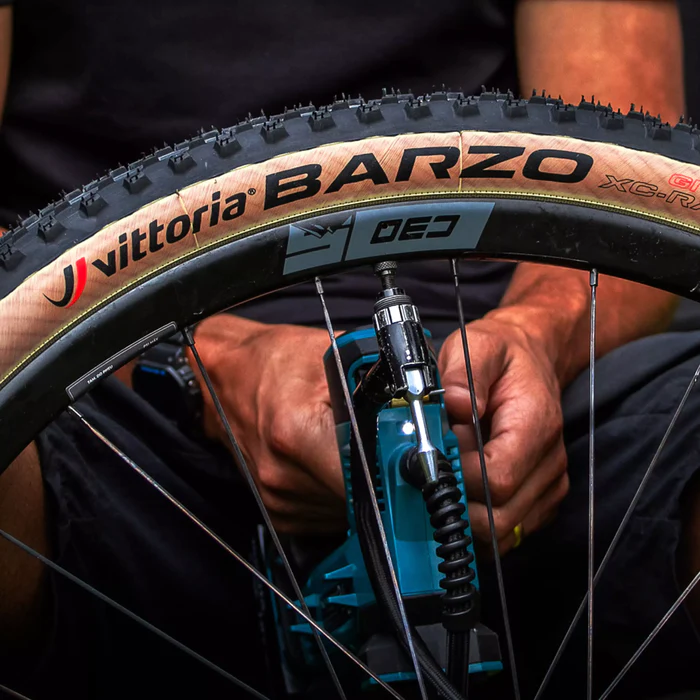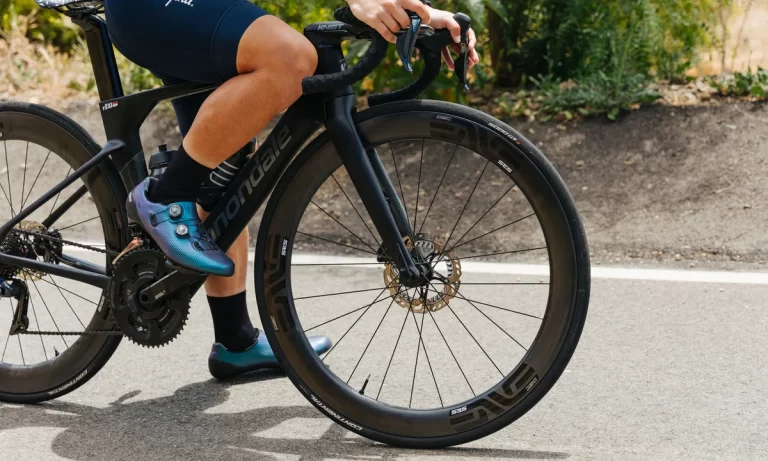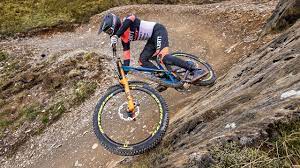Rolling Resistance and Downhill Bike Tires: Insights for Enhanced Performance
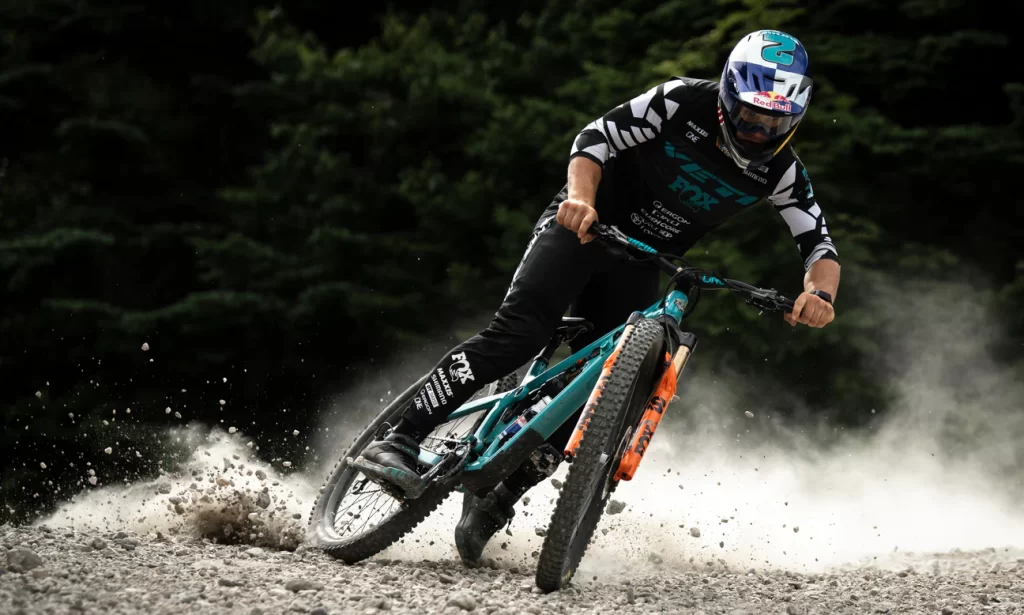
Key Point Summary of Rolling Resistance and Downhill Bike Tires:
- Understanding Rolling Resistance: It’s the energy lost due to tire deformation and friction while riding.
- Impact on Downhill Biking: Rolling resistance influences speed, control, and overall performance in downhill biking.
- Tire Design Factors: Tread pattern, rubber compound, and tire width play key roles in determining rolling resistance.
- Balancing Rolling Resistance with Grip: Essential for optimal downhill performance.
- Influence of Tire Pressure: Affects rolling resistance and can alter the bike’s handling and grip.
- Maintenance and Regular Checks: Ensuring optimal tire condition for the best rolling resistance and performance.
As someone deeply involved in the cycling world, traversing terrains on mountain, gravel, and cyclocross bikes, I’ve developed a keen understanding of the nuances of bike tire performance, particularly the role of rolling resistance in downhill biking.
The Concept of Rolling Resistance in Downhill Cycling
In downhill biking, rolling resistance is a critical factor that impacts your ride. It’s the resistance your tire faces as it rolls on the terrain. The lower the rolling resistance, the less energy you need to maintain speed, crucial in a gravity-fueled sport like downhill biking.
How Rolling Resistance Affects Downhill Biking
Rolling resistance in downhill biking can affect how fast you can go and how much control you have over your bike. Tires with high rolling resistance might offer better grip but can slow you down, while those with lower resistance can increase your speed but might compromise on control.
Key Factors in Tire Design
The design of a downhill bike tire – its tread pattern, rubber compound, and width – greatly influences its rolling resistance. Aggressive tread patterns designed for better grip can increase resistance, while smoother treads reduce it but may offer less control on tricky descents.
Striking a Balance
Finding the right balance between rolling resistance and grip is crucial in downhill biking. You want a tire that rolls efficiently but also provides enough grip to handle high speeds and technical sections safely.
Tire Pressure’s Role
Tire pressure is a significant factor in determining rolling resistance. Higher pressure generally reduces rolling resistance but can lead to a harsher ride, while lower pressure increases resistance but improves grip. Finding the right pressure is key to optimizing performance.
Importance of Regular Maintenance
Regularly checking your tires for wear and ensuring they’re at the right pressure can help maintain optimal rolling resistance. Worn-out tires or incorrect pressure can negatively affect your bike’s handling and speed.
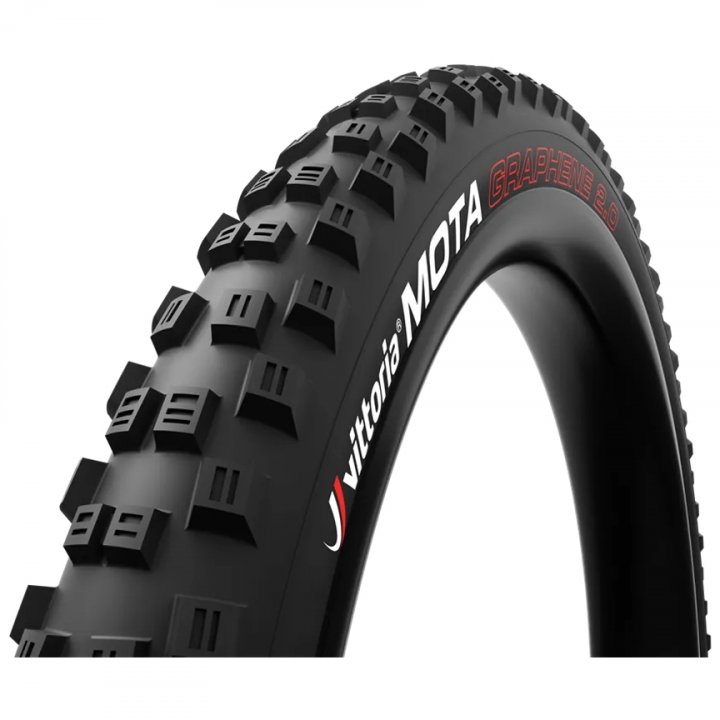
FAQ
What is the rolling resistance of bike tires?
The rolling resistance of bike tires is the energy loss caused by the tire deforming as it rolls over a surface. It’s influenced by factors like tire type, tread pattern, pressure, and rubber compound. Lower rolling resistance means more efficient energy transfer and faster speeds, while higher rolling resistance can slow a rider down and require more effort to maintain speed.
What is the average rolling resistance of a bike?
The average rolling resistance of a bike tire varies based on the tire type, pressure, and tread pattern. For road bikes, it’s typically between 12 to 15 watts per tire, while for mountain bikes, especially with knobbier tires, it can be higher, often ranging from 20 to 30 watts per tire. These values can fluctuate based on specific conditions and tire configurations.
Does rolling resistance matter in MTB?
Yes, rolling resistance matters in mountain biking (MTB). Lower rolling resistance improves efficiency and speed on smoother sections and climbs, while higher rolling resistance can provide better grip and control on rough terrains. Balancing rolling resistance with traction is crucial for optimal MTB performance.
Why do wider bike tires have less rolling resistance?
Wider bike tires can have less rolling resistance due to a larger contact patch that deforms less vertically than narrower tires under the same pressure. This deformation pattern is more efficient, reducing the energy lost to tire flexing. Therefore, wider tires can offer a smoother ride with less resistance on uneven surfaces.
Here’s a video from GMBN Tech on how they tested MTB tyre rolling resistance.
Conclusion: A Continuous Adjustment
Top downhill bike tires considering their wider design and efficient rolling characteristics:
- Michelin Wild Rock’R2: Renowned for its wide design and robust tread pattern, offering excellent grip and a relatively efficient rolling performance for downhill riding.
- WTB Convict: Known for its aggressive, wide tread that provides outstanding traction and control, while still maintaining a decent level of rolling efficiency.
- Vittoria Mota: This tire is appreciated for its wide profile and aggressive tread, delivering excellent grip in various conditions and balancing rolling resistance effectively.
These tires are highly regarded in the downhill biking community for their ability to combine a wide, traction-focused design with a rolling efficiency that enhances performance on challenging downhill courses.
Mastering rolling resistance with your downhill bike tires is about continuous adjustment and understanding. It involves a mix of choosing the right tires, setting the correct pressure, and being mindful of how different trail conditions affect your ride. Paying attention to these details can significantly enhance your downhill biking experience, making your rides faster, smoother, and more enjoyable. The right setup can transform your performance on the trails.
John
